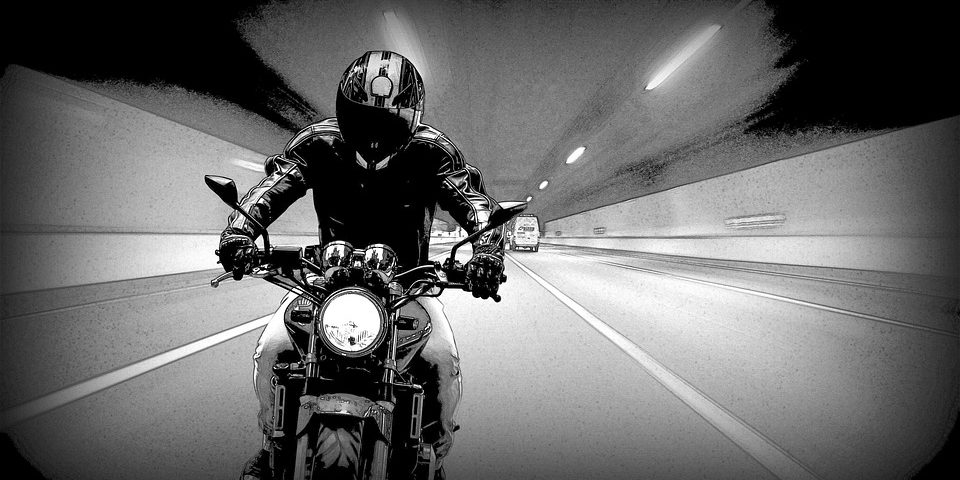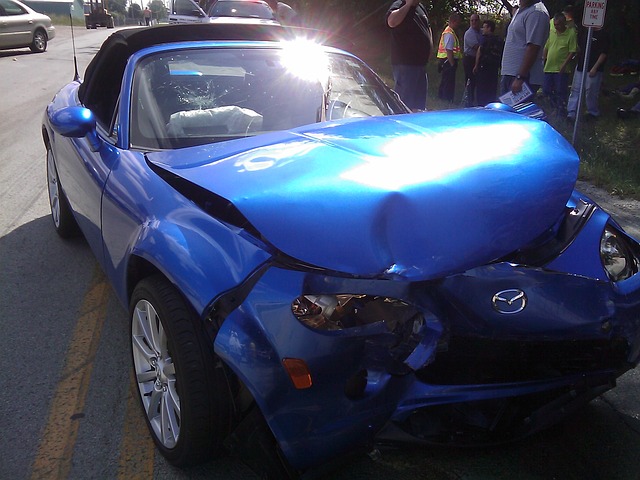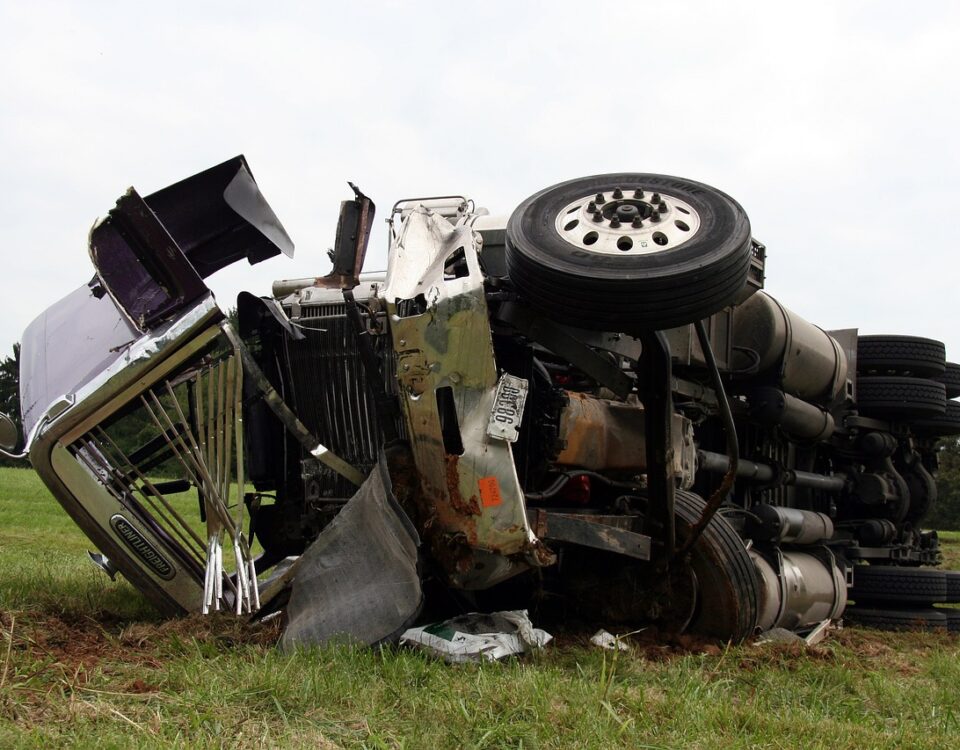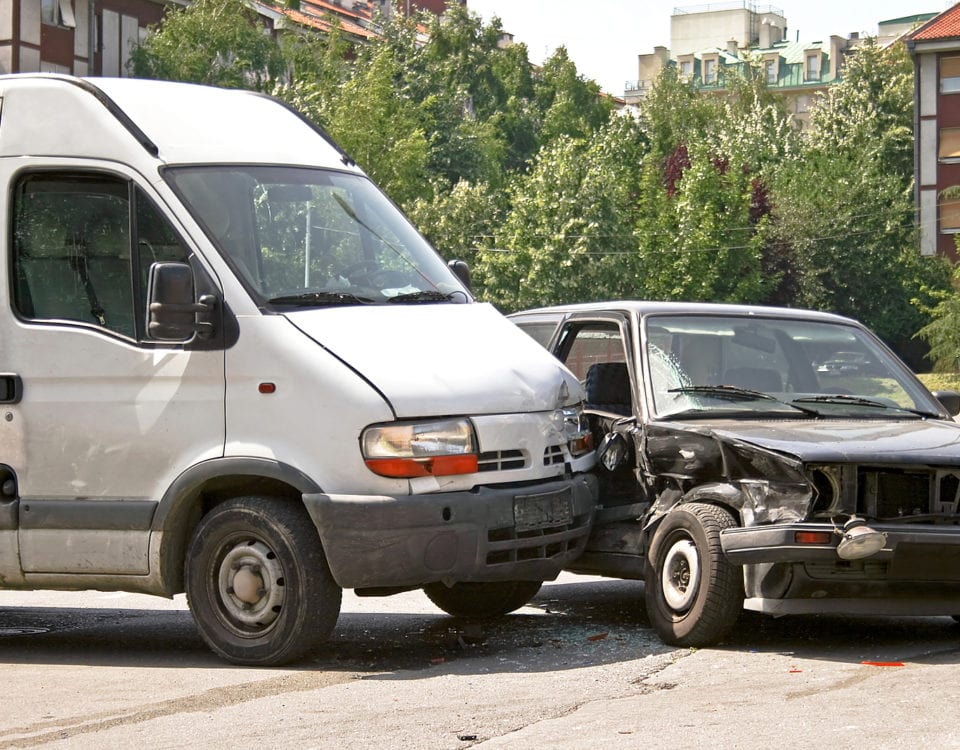Survival Tips for Motorcycle Riding in City Traffic
A Tradition of Excellence
 Sampling of Successful Case Resolutions
Sampling of Successful Case Resolutions
 Read our answers to some frequently asked questions.
Read our answers to some frequently asked questions.
Statement
 View Our Mission Statement
View Our Mission Statement

The Definition Of Negligence And How To Prove Fault
January 13, 2015
Horseplay, Personal Differences, and Injuries Sustained During Lunch Breaks Do Not Warrant a Civil Claim
February 27, 2015Do you ride? If so, please read this very well written article on motorcycle safety written by Domingo Chang
First off, if you didn’t know it by now, congratulations: you own an invisibility cloak! No matter what you do to increase your visibility to others, there will always be drivers who won’t see you. You can have modulating headlights, reflective tape and jacket, and heck you can wear a spinning yellow light on top of your helmet. But, you must still ride as if you’re invisible. Even police cars, with their lights flashing and sirens blaring, have had cars pull out in front of them or been hit by unwary drivers!
Be Unhittable
One of the principles I ride by is “Be Unhittable.” What does this mean? It means ride fully expecting drivers to not see you and positioning yourself to be more visible to any driver that can possibly ruin your day.
Positioning is important: try not to ride adjacent to cars. You should always ride in the front line of vision of the driver behind you, not in their peripheral vision. Often people fail to use their turn signals, or even fail to check their blind spots, so keep alert and out of the blind spots of other vehicles. Place yourself so that if the driver unexpectedly moves into your lane, he will do so without hitting you.
Along with being aware of what is immediately around you, don’t forget to check what is seven to 12 seconds in front of you. The way I see it, if traffic events surprise you, you weren’t paying attention. Riding in traffic is not the time to think about anything but the threatening environment around you.
Do you ride where there’s an “escape lane”? Do you create options for yourself in case the car in front of you stops unexpectedly or the car behind you doesn’t notice that traffic has come to a stop?
Do you create and maintain a safe reaction zone between the vehicle in front of you and your motorcycle? (This zone is also called a Safe Following Distance.) Essentially, it’s all about giving yourself enough time to react.
Read the rest of this article at: http://www.fix.com/blog/motorcycle-riding-in-city-traffic/#motorcyclesafety

Source: Fix.com










